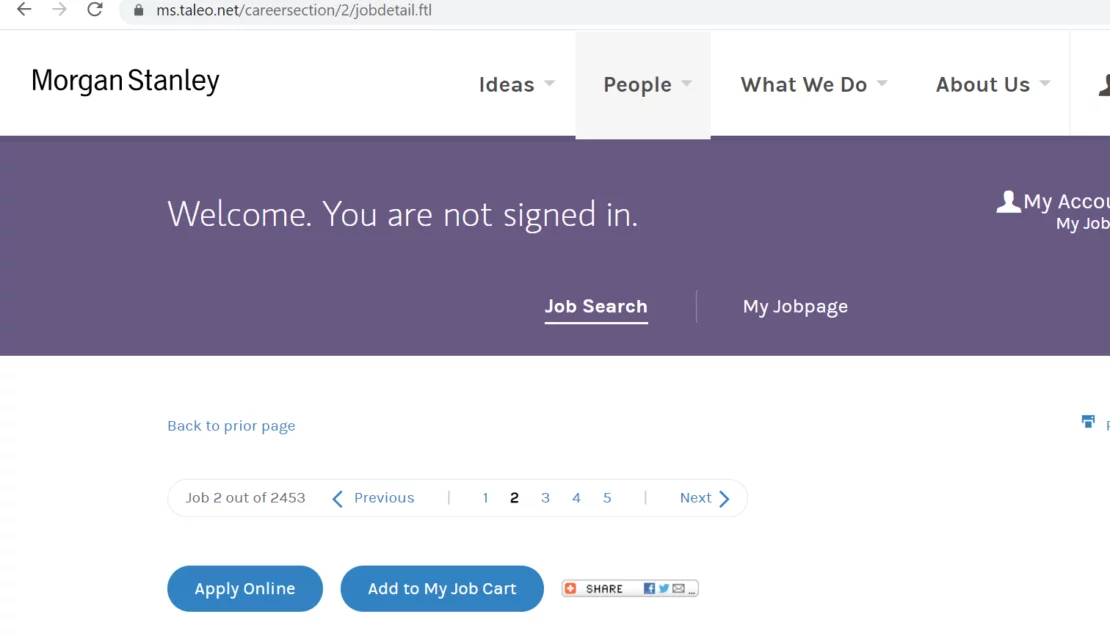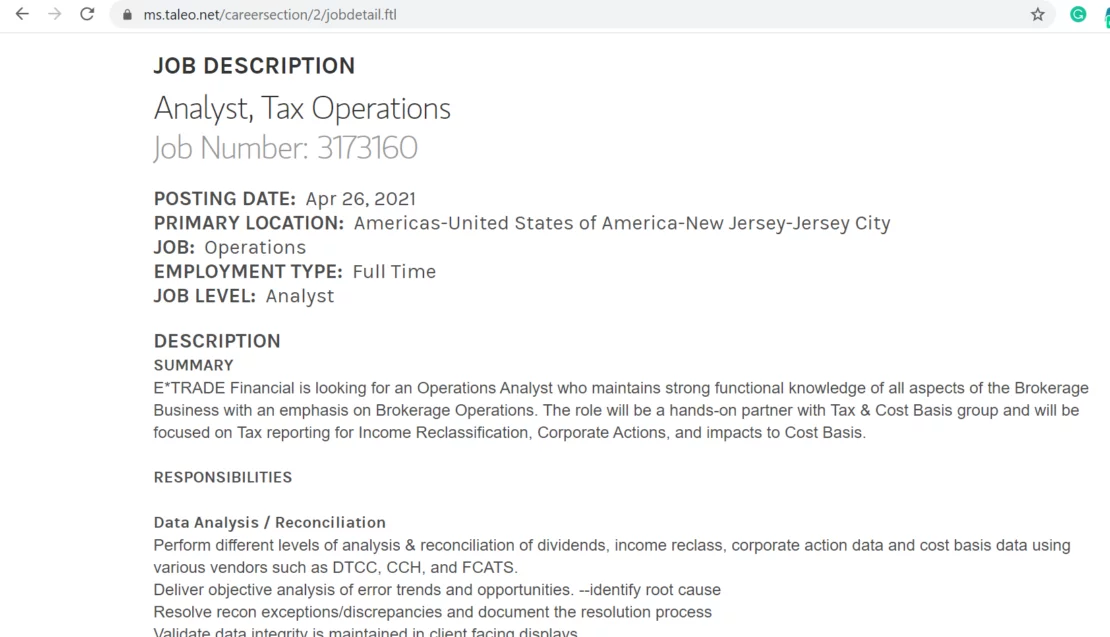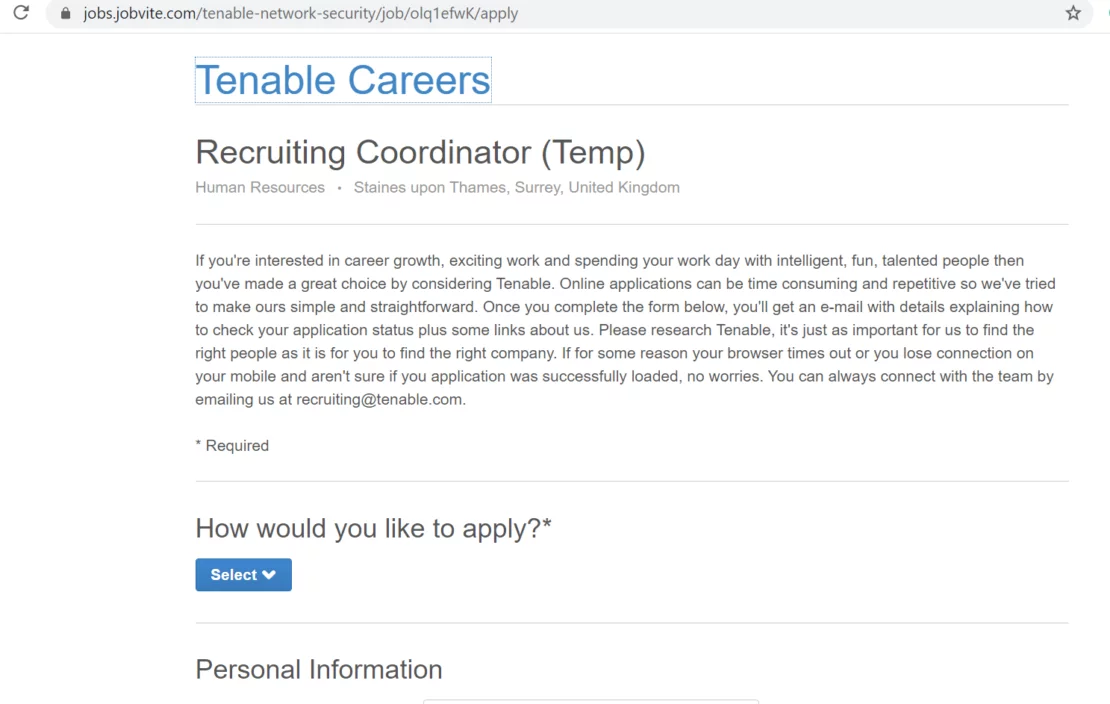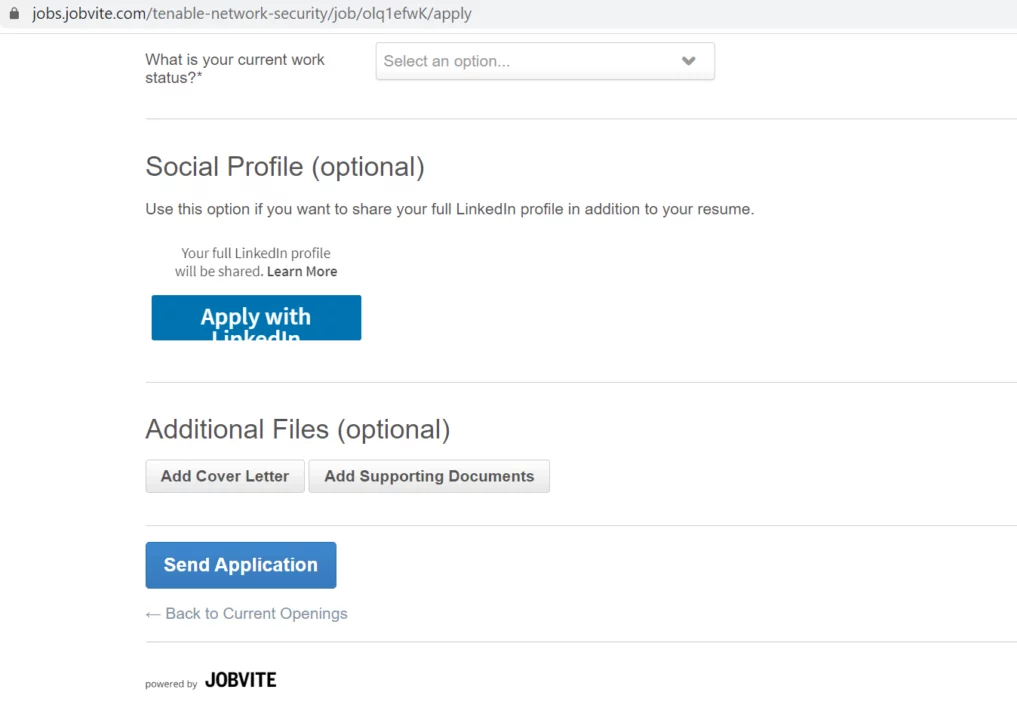Table of Contents
Applicant Tracking Systems (ATS) are software that allows employers to manage job applications and select the most relevant candidates for a job. According to a study by JobScan, 99% of Fortune 500 companies use ATS to pre-scan candidate resumes. With hundreds to thousands of applications for each job, ATS has become a necessity for employers. It scans all the resumes for them and brings forward the most relevant candidates.
However, a catch with ATS is that it is a machine and only understands what it is programmed to. Complying with ATS requirements ensures your application will be processed correctly and will reach the hands of a recruiter, amplifying your chances of success. Thus, it is crucial to create a best-practice resume that is optimized for an ATS.
How do Applicant Tracking Systems work?
Some ATS simply score your resume based on how well you rank against the job description. This saves time for recruiters, allowing them to specialize the search further based on keywords using Optical Character Recognition (OCR) technique. They categorize resumes based on job description requirements, identifying the top candidates.
These keywords could be education specifications such as MBA or skills like SaaS which are configured into the ATS algorithm by recruiters for each job. For example, if a recruiter is looking for an HR professional, they will search ‘Human Resources’ or if they are looking for a specific certification, they may look for candidates with CIPD accreditation. In these cases, ATS will scan all resumes and provide a list of all relevant candidates based on how closely they match the search specifications.
In some cases, recruiters also assign bonus points to specific keywords. These could be from the ‘desirable experience’ or ‘nice to haves’ section. If this skill is found on a resume, ATS will add those bonus points straight away, resulting in an overall higher ranking. Another ATS feature that may impact your chances of moving to the next stage is its ability to reject resumes based on knockout questions. Knockout questions are short answer type questions that are asked in the initial stage to make sure candidates fulfill the basic requirements.
Some of these questions could be “would you require a sponsorship for the role” or “do you have a valid driver’s license”. If these are crucial requirements and you answered no, your application will be rejected automatically. In some cases, the ATS wouldn’t even allow you to move further in your application.
Why do employers use Applicant Tracking Systems?
ATS not only speed up the hiring process but also decrease the hiring cost. With the advancement in technology and AI, ATS now serve multiple purposes and makes it easier for recruiters to make hiring decisions. Some other crucial functions performed by ATS are:
- Job posting to other portals
- Storage for candidate resumes and documents
- Automated emails and follow-ups
- Recruitment analysis and reporting
- Filtered searches
Some commonly used ATS
Some commonly used ATS by organizations are:
When do candidates come in contact with Applicant Tracking Systems?
While ATS serve employers, there are multiple occasions when job seekers interact with ATS too. As a candidate, it is important for you to be aware of what ATS look like. This will help you understand it better and make informed decisions. In this section, we will have a look at instances where job seekers interact with ATS.
1) Job postings
Recruiters use ATS to post jobs on behalf of companies. When you look for jobs on company websites, they typically redirect you to the careers page which is supported by ATS. For example, if you see below, these images are screenshots of the career page of Morgan Stanley which uses Taleo to publish job postings.

Job Posting on ATS

Job Posting on ATS
2) Making applications
The application forms that you fill out are hosted by this recruiting software that collects your information and uses them based on the requirements specified by employers. In case you do not qualify for the vacancy you have applied for, ATS will store your data and use them for other future suitable openings. You can see an example of an online application form for a recruiting position at Tenable on Jobvite below.

Job application form on ATS

Job application form on ATS
3) Email communication
Many employers use ATS to send messages to a pool of candidates based on the requirements. These could be a ‘Thank you for applying to…’ message or an invitation to the next round. Most often, these are automated messages that you cannot reply to them. But most of the time, employers mention alternate contact details that you can reach out to, in case of queries.
Why do you need to know about Applicant Tracking Systems?
When ATS are developed with the sole purpose of serving employers, why is it crucial for job seekers to know about them at all? Well, the simple answer to this is because they impact your applications. You could be a suitable candidate for your dream job but if the ATS thinks otherwise, your resume may not even reach the hands of an actual human. Some of the key things you need to remember while dealing with ATS are:
- Submit an ATS-optimized resume to ensure you use all the relevant keywords that will help you qualify for the pre-screening round.
- Make sure your resume is formatted and structured appropriately to minimize the risk of ATS missing out on information.
- Customize your resume for each job. This is essential because keywords for all jobs are different no matter how related the jobs are. Thus, making 20-30% changes in all your applications ensures that they align with the job description, increasing your chances of moving to the next round.
Even though the first step to applying for a job is getting your resume pre-scanned by an ATS, it is crucial for you to remember it is a human who will decide on your application at the end of the day. We strongly recommend you tell your story in your resume and connect with the recruiter. Prepare your resume for a machine as well as for a human. This will help you win an interview for your dream role.


